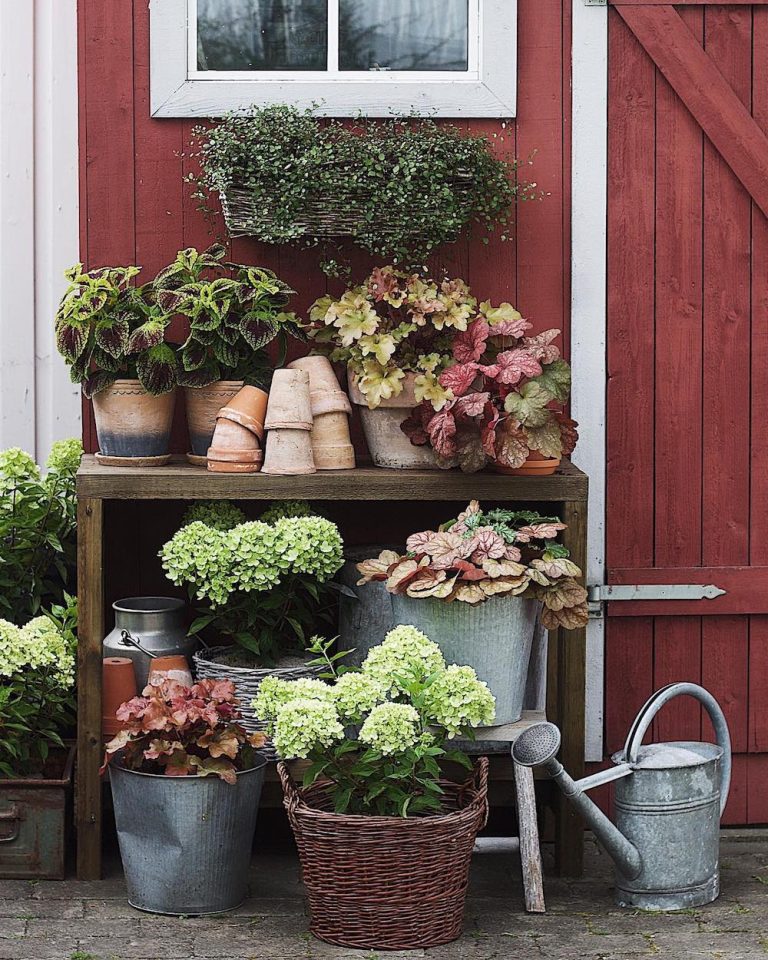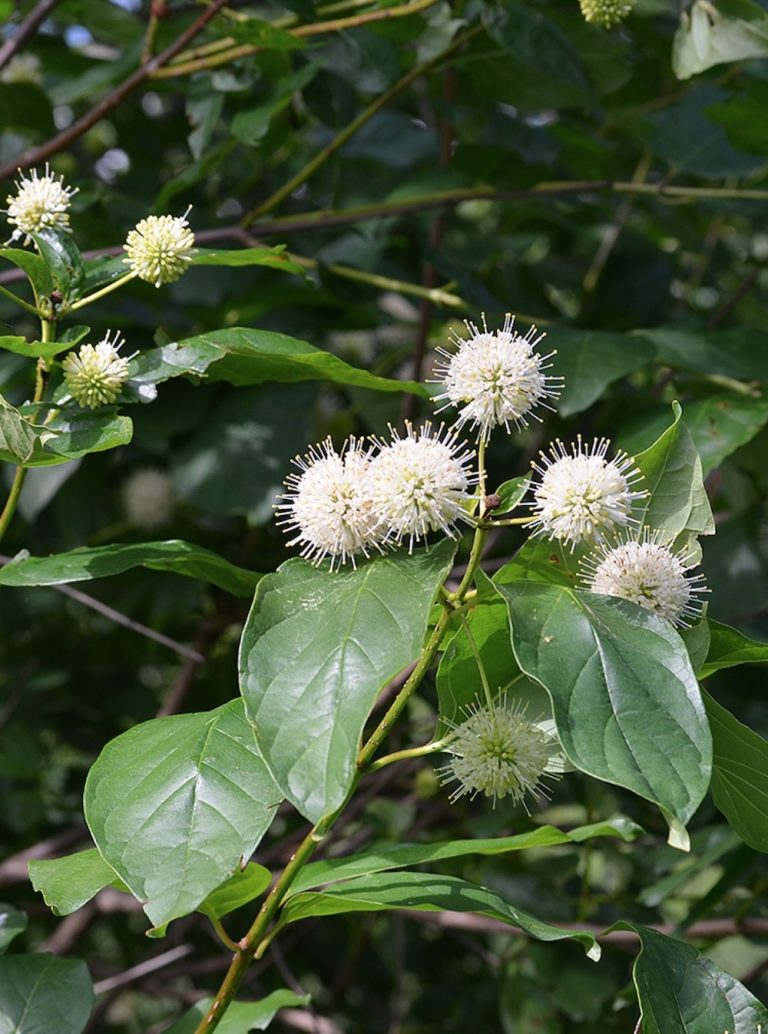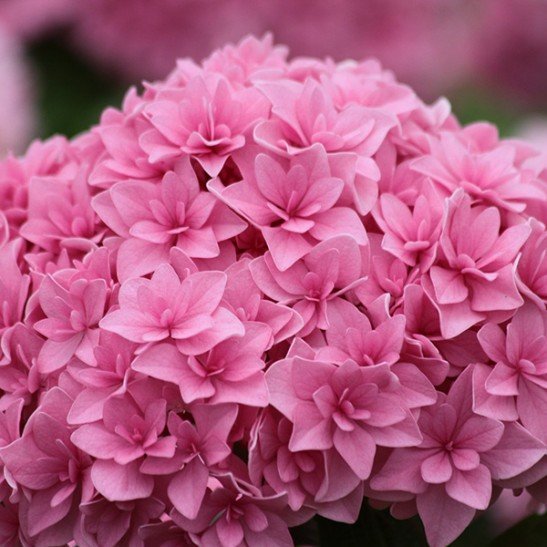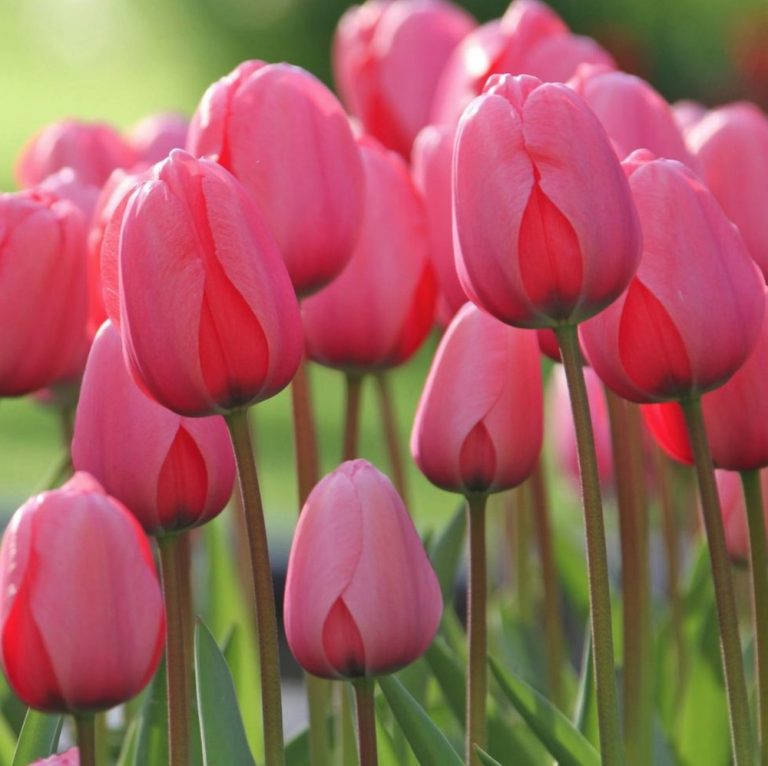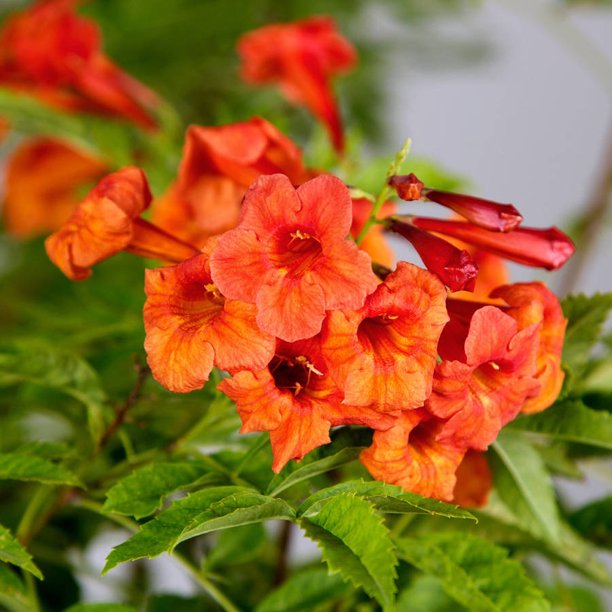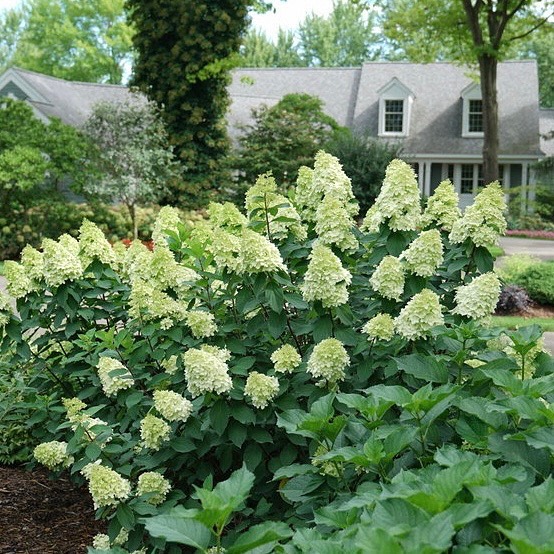How to Grow Encore Azaleas
Grow Encore Azaleas. More blooms, more often. A re-blooming azalea shrub with rich, colorful flowers that begin in spring and continue through the fall season. There are 33 varieties of bloom colors of Encore Azaleas to select from. They flourish in high-filtered shade or sunny locals.
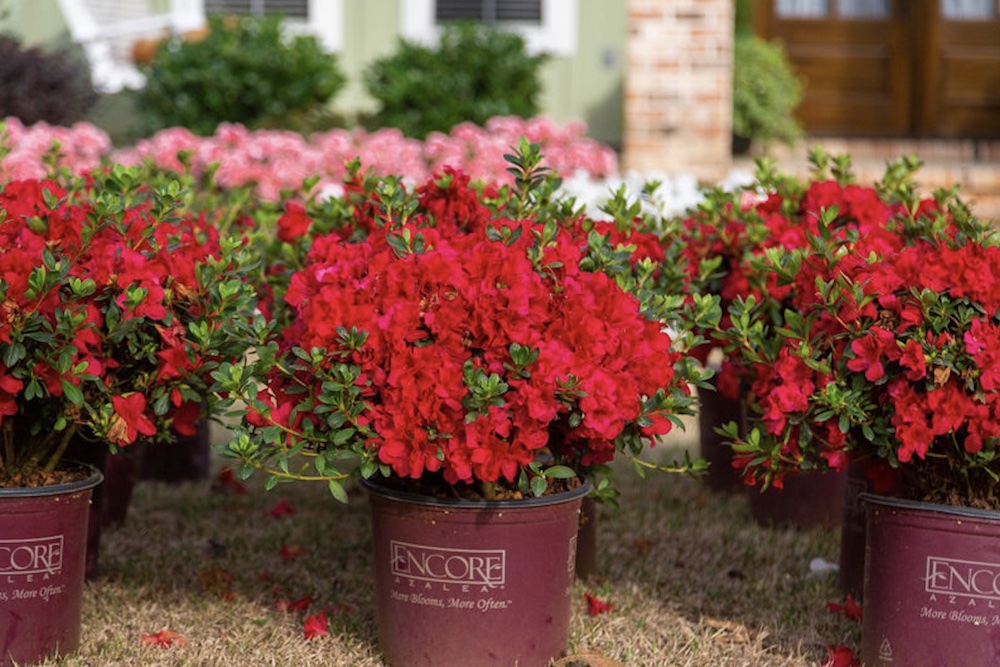
Commonly known as azalea, Rosebay, and Rhododendron. Native to Asia, Europe, and eastern and western North America. It is also known as the “thinking of home bush” in Chinese culture. It is a symbol of the São Paulo, Brazil city.
The azalea flowers are white, pink, yellow, orange, or a combination of colors. Typical azalea shrubs bloom from late winter to mid-spring. However, Encore Azaleas have a prolonged blooming period from spring ending in the fall season. Flower blooms are tube-shaped, funnel-shaped, or double.
Characteristics of Encore Azaleas
The Encore Azalea botanical name is Rhododendron spp. The family name is Ericaceae. It is either a deciduous or evergreen shrub. All azaleas are considered Rhododendrons, but not all Rhododendrons are considered azaleas. Deciduous azaleas are classified as subgenus Pentanthera. Azaleas mature between 3 to 20 feet tall and wide. Encore Azaleas are smaller azaleas that mature between 2 ½ feet tall and 3 feet wide.

Azaleas from the Encore line are hardy in zones 6 to 9—a deciduous shrub with an upright growth habit. The Encore Azalea grows best in sun to high filtered shade with a minimum of four to six hours per day of sun for optimal blooms. Grow Encore Azaleas.
How to Grow Encore Azaleas
First, the Encore Azaleas shrub features and growing conditions:
- Grows in zones 6 to 9 as a perennial
- Flourishes in full sun to partial shade with a minimum of four to six hours of direct sunlight daily for optimal blooming
- Reaches two and a half to 3 feet high with a spread of three to three and a half wide
- Forms a compact, rounded shrub
- Prefers cooler Temperatures temperatures of 55-65°F
- Flowers are pink, red, white, and purple in single or semi-double form about 2.25 inches across in a tube shape
- Features foliage that is lush, dark green for a classic and elegant look
- Requires well-draining soil that is slightly acidic with a pH of 5.5 to 6.5
- Grow in a group to form a low-growing hedge or plant as a single accent or specimen plant
- Severe drought and dry, windy conditions can impact performance, but once established, Encore Azaleas are tolerant of more intense stresses
- Regular water is best to develop a deep root system during the first growing season. Keep soil consistently moist but not soggy.
- In early spring, apply a balanced, slow-release fertilizer. Fertilize again in late summer to promote blooming and vigorous growth.
- Prune minimally trim after spring blooming to shape and eliminate dead or damaged branches.
- Native to Asia, Europe, and areas of the eastern and western United States
Garden Site Selection
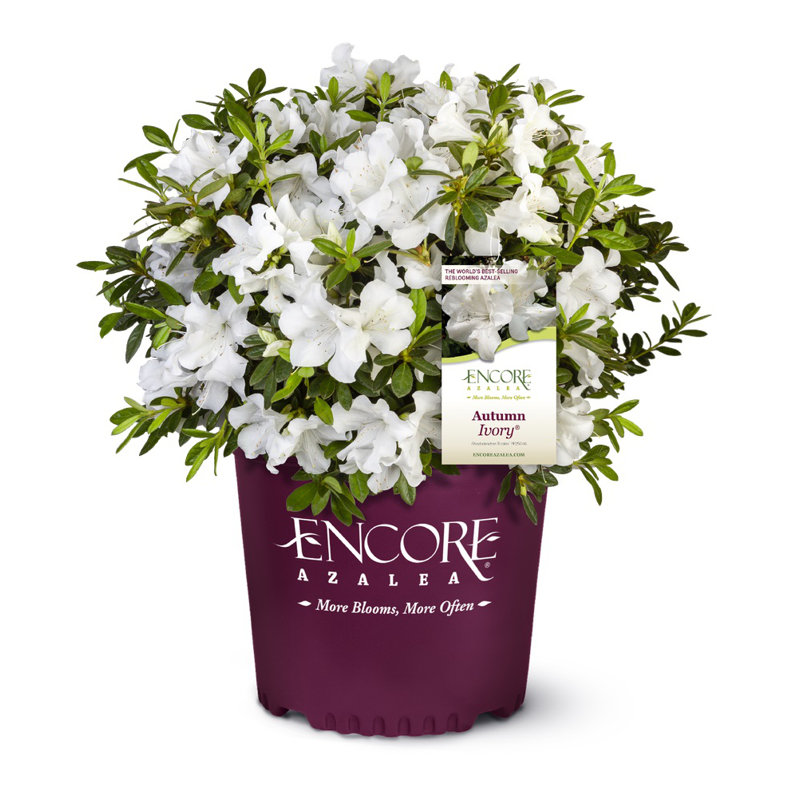
Consider the garden site where you would like to plant the Encore Azaleas if planting outdoors in zones 6 to 9. Plant azaleas in a sunny location with 4 to 6 hours of direct sun. Avoid deep shade areas since azaleas may not thrive. Soil condition needs are well-draining.
Soil Preparation and Planting
- Prepare the garden bed soil. Loosen and break the soil apart using a shovel. Dig a hole that is the depth of the shrub and 2 to 3 times the width of the azalea.
- Place the entire root ball in the hole an inch above the soil level.
- Mix organic soil that is slightly acidic with the existing ground soil – azaleas grow best in well-drained, acidic soils.
- Amend sandy or heavy clay soil using decayed pine bark, sawdust, and organic compost.
- Mix those three amendments into the existing soil so that it is well-draining soil.
- Next, loosen the shrub from its container.
- Carefully and firmly loosen the root ball with your hands. Loosen roots from the main root ball so the surrounding roots can establish themselves.
- Put the shrub inside the hole to rest an inch above the soil level.
- Move freshly amended soil to cover around the shrub, then press firmly to eliminate any air pockets. Then, water shrub.
- After watering the shrub, cover the shrub with three inches or less of mulch using pine straw or pine bark.
- Keep the soil moist after planting the azalea if the soil drys excessively
- Fertilize Azaleas right after they bloom in the spring. Then, fertilize again if you live in an area with an extended growing season in mid to late summer. A word of caution: never fertilize after August 1.
- Use a granular Azalea and Camelia Fertilizer or a Premium Slow Release Fertilizer for the shrub.
- Add a liquid fertilizer such as Microgrow to the Encore Azalea’s foliage and shrub leaves for an added boost.
Milky Spore to Eliminate Japanese Beetles
If Japanese Beetles are a problem in your garden, sprinkle an organic product called milky spore powder in the soil. Mix the milky spore powder into your soil per the manufacturer’s instructions. You can bypass the milky spore step if you don’t have a problem with grubs or Japanese Beetles. Milky Spore prevents grubs laid by the Japanese Beetles from emerging the following year. They can be destructive to many plant blooms and foliage.
How to Tips
- Encore Azaleas will suffer or die if planted too deeply. So, plant about an inch above the soil level.
- Spring planting should be followed by watering well during the growing season.
- After planting azaleas, it is essential to water the first year routinely at least twice a week if there is no rain.l
- Once established, azaleas do not require frequent watering. However, in periods of extreme drought, be sure to water the shrub.
- Adding mulch to the base of the plant helps retain water in the plant roots, which is helpful, especially during periods of drought.
- Azaleas, roses, hollies, hydrangeas, and lilies thrive with coffee grounds, so if you have some, sprinkle over those acid-loving plants.
- Encore azaleas and azaleas, in general, have shallow root systems. Most roots stay on the top 4 to 6 inches of soil. Therefore, they are susceptible to water stress and drought. Keeping azalea soil evenly moist is best so it doesn’t stay overwet or completely dry out.
Pruning Your Azaleas
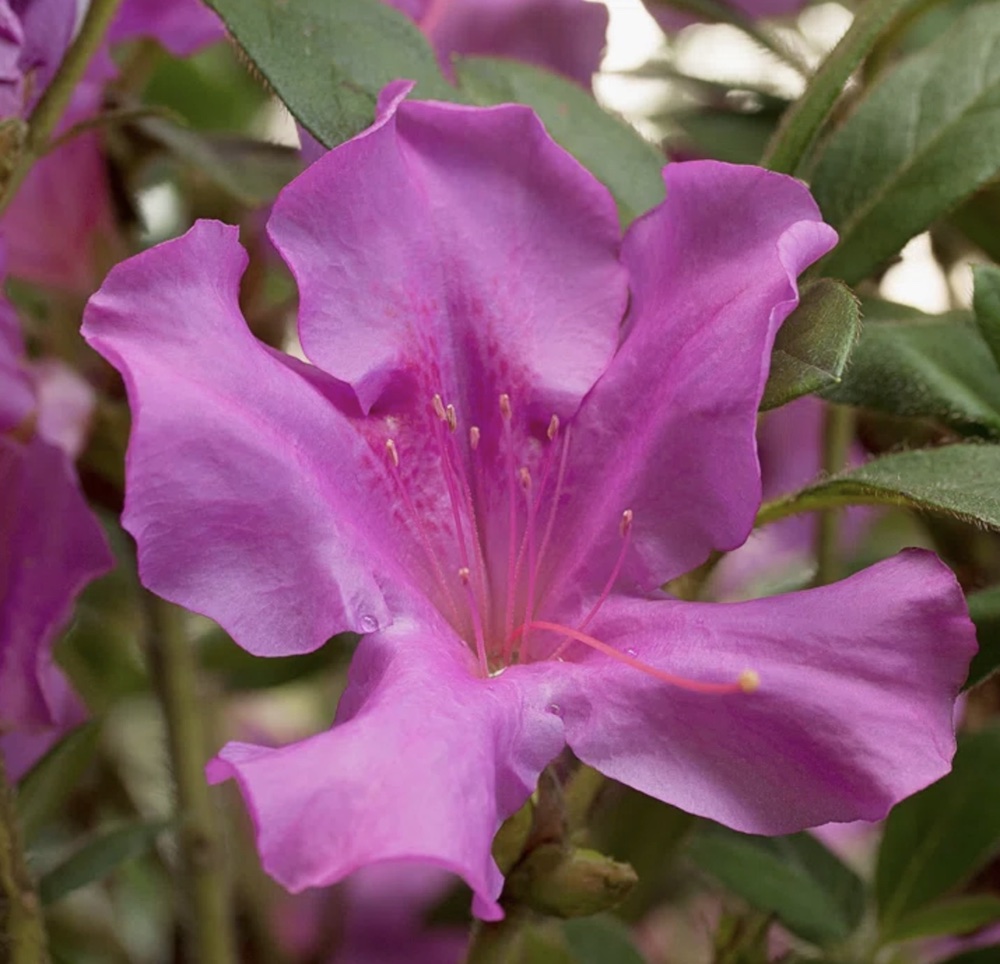
Little to no pruning is needed for Encore azaleas since they maintain their form. Nor do they need dead-heading, which is the process of removing spent blooms. If you need to prune your azalea, do it right after the spring flowering period to maximize the bud set. Once shrubs are established, light pruning stimulates growth and flowering.
Tall shoots should be pruned back to the inside of the plant’s body. Never prune shrubs in the fall season. Pruning later in the year could potentially remove buds ready to bloom the following spring bloom cycle. Be careful not to snip or damage new bud clusters close to the older blooms you might be removing.
Interested in Trying One?
If you want to grow an Encore Azalea this season, consider any of these varieties for your home. Please take a look and let us know which one you like.
This concludes our post on how to grow Encore Azaleas. Please tell us what you think about this beautiful shrub. Do you have a favorite Encore Azalea variety?
If you enjoyed this post . . . .
You Will Enjoy Our Other Gardening-related posts.
Grow Lemon Cypress Tree
How to Grow Majesty Palm
Grow White Bird of Paradise
If you have any questions, feel free to contact us. We are always ready to help. Include your hardiness zone and light requirements with any gardening questions. Thank you for dropping by.
Mary
Pin this for Later:




